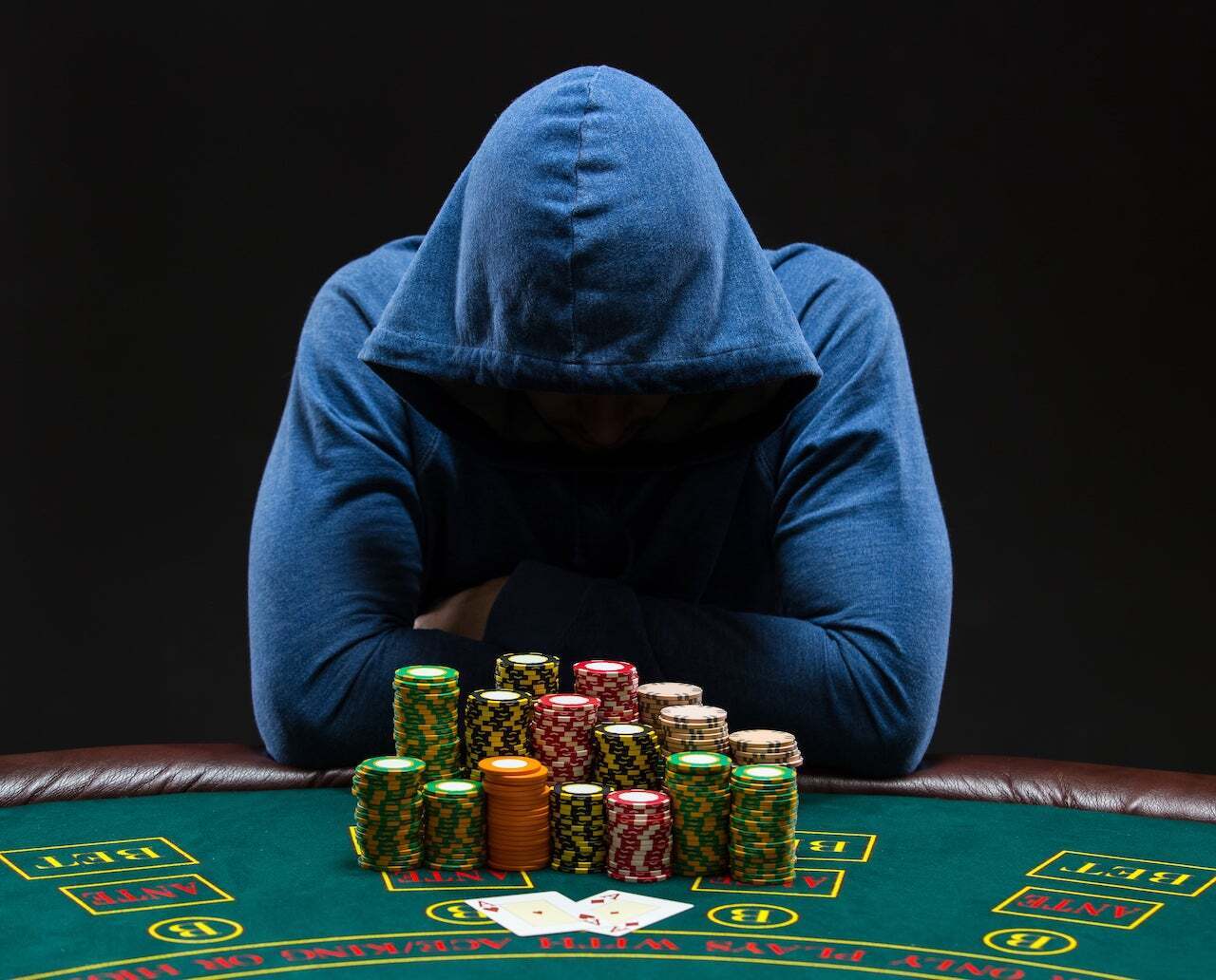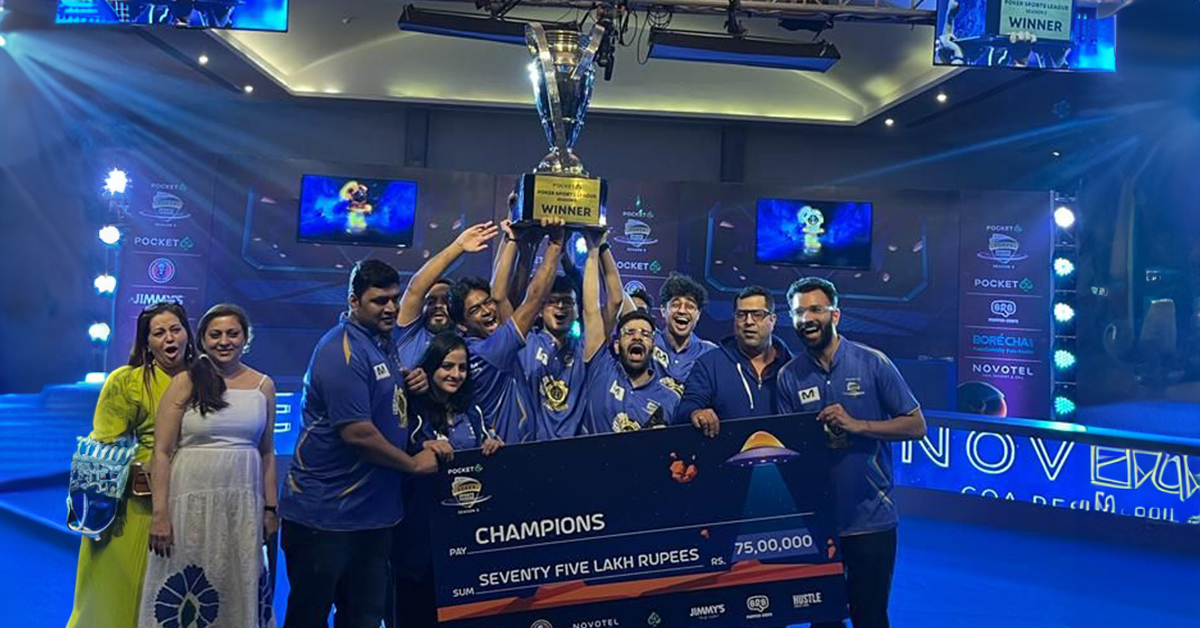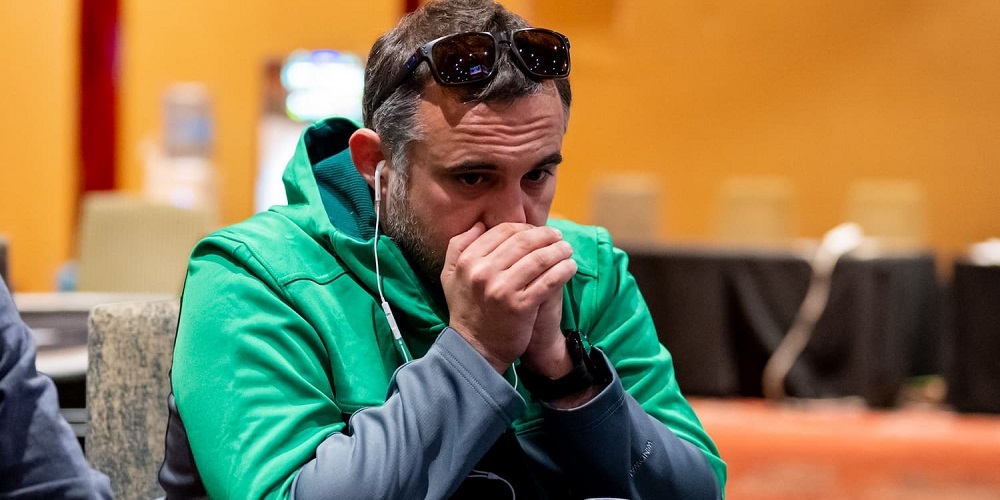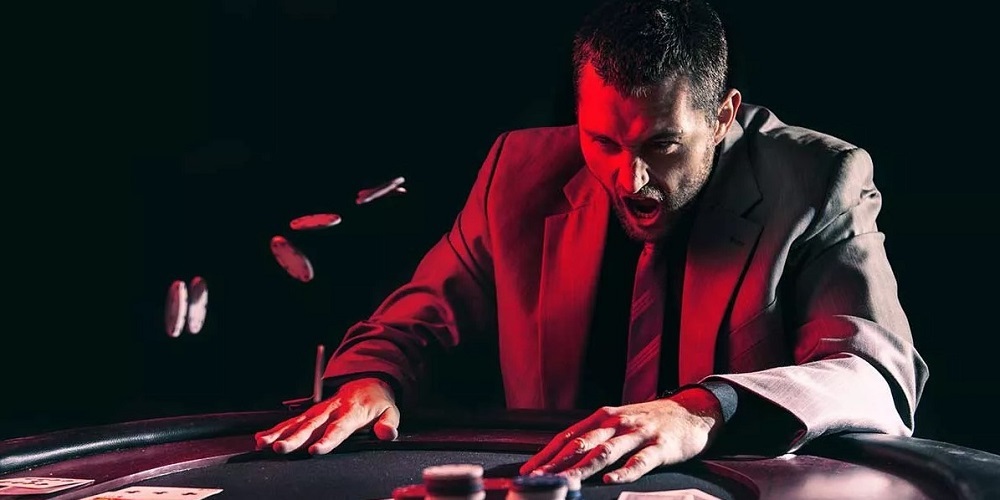History of online poker: origin and evolution
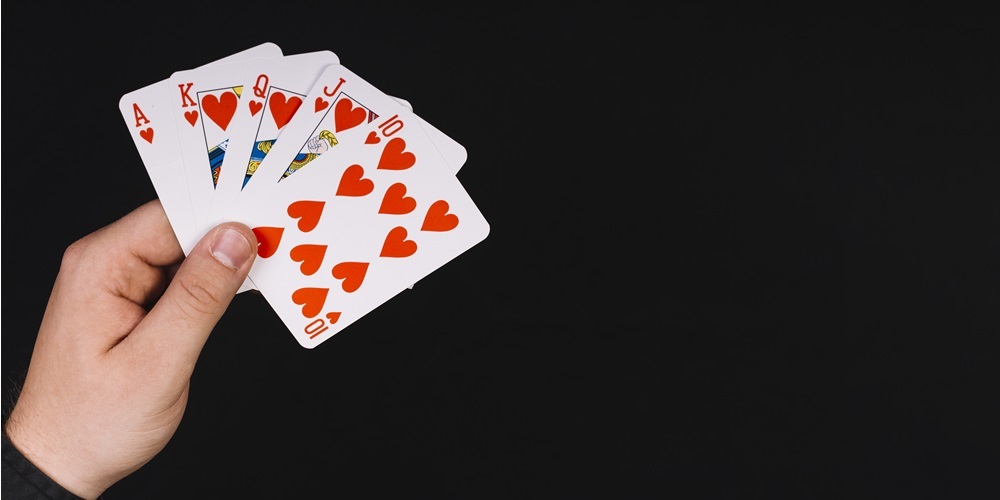
Poker is perhaps the most popular card game in the world, and over the years it has undergone changes that have adapted it to the technological boom of modern society. That has led to the proliferation of online poker rooms, creating a loyal community of players who enjoy the game from the comfort of their homes from their smartphone or computer.
But, how exactly did online poker come about, and how has it evolved since the early days of digitization? Read on to find out.
How long is the history of online poker?
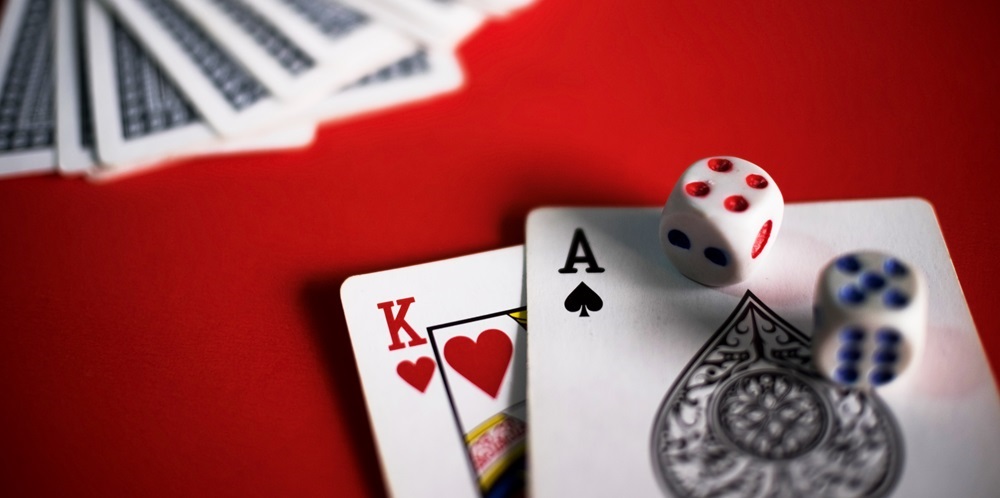
The history of online poker began in the 1990s, ushering in a revolution in the way people play poker. Although poker has been played in various forms for centuries, the ability to compete online completely changed the dynamics of the game. The first online poker platform was established in 1998, when Planet Poker launched its website. This event marked the beginning of a new era in the poker world.
During its early years, online poker-faced significant challenges, such as lack of regulation and players’ distrust in the security of transactions and the fairness of the games. However, as technology improved and stricter regulations were established, online poker began to gain popularity.
Who is Chris Moneymaker and why is he important for poker online?
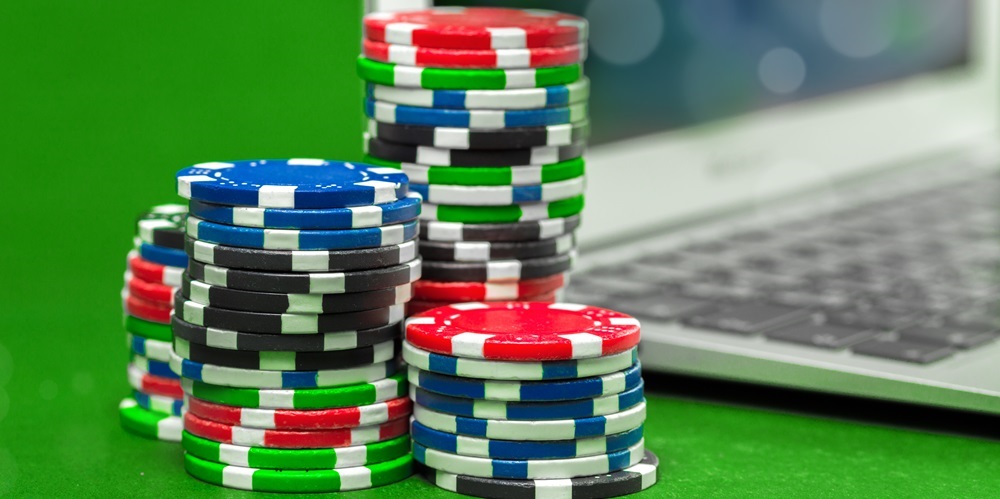
The year 2003 was a turning point in the online poker history. This was the year that an accountant from Tennessee named Chris Moneymaker won the World Series of Poker (WSOP), the most prestigious poker tournament in the world.
His victory was an extraordinary event because, instead of qualifying through an in-person tournament, Moneymaker had gained his entry into the tournament through an online satellite on PokerStars. His triumph inspired thousands of players to follow his example and play online poker.
Chris Moneymaker’s online poker player history lies in the importance of the fact that his victory proved that anyone could compete with the pros and win. His success story inspired numerous online poker players to pursue their dreams in the game. In addition, his path to victory began with an online qualifier, which further emphasized the impact of online poker on the poker scene.
His online poker player history has got a huge legacy: the well-known “Moneymaker effect”, which has translated into a massive increase in the popularity of online poker. Many players began playing online in hopes of replicating his success. This led to an explosive growth in the number of online poker websites and platforms. The media exposure Moneymaker received also contributed to the online poker boom.
Differences between online poker and conventional poker
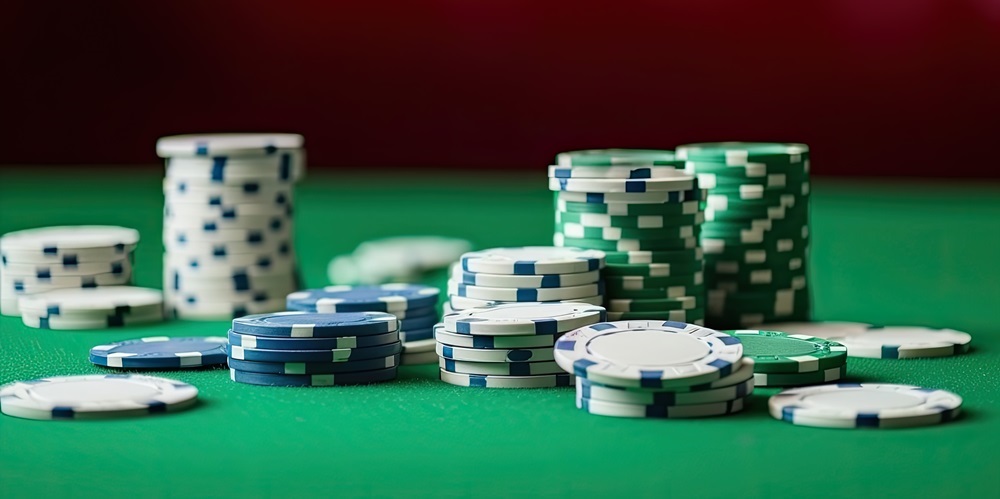
Conventional poker, played in physical casinos or at gatherings of friends, has significant differences from online poker. Below, we explore some of the key differences and we explain some of the most important online poker facts you should have already learnt:
Accessibility
Online poker is extremely accessible. Players can participate in games anytime, anywhere, as long as they have an Internet connection and a compatible device. This means there is no need to travel to a physical casino or stick to a fixed schedule to play.
Variety of games
Online poker offers a wide variety of poker variants, from Texas Hold’em and Omaha to Seven Card Stud and more. This allows players to experience different styles and rules of play, which may be less common in land-based casinos.
Anonymity
In online poker, players can maintain a certain degree of anonymity. This can be beneficial for those who wish to avoid public exposure or keep their identity a secret.
Speed of play
Online poker tends to be faster than conventional poker. Hands are developed more quickly, as there is no need to shuffle cards or count chips manually. This allows players to participate in more hands in a shorter period of time.
Safety and fairness
Although there were initial concerns about security and fairness in online poker, technological advances and proper regulation have improved player confidence. Online poker platforms use random number generators and advanced security measures to ensure fair play.
Social interaction
Conventional poker encourages in-person social interaction, with players sitting together at a table, allowing communication and reading opponents’ reactions. In contrast, online poker is played in a virtual environment, which can limit face-to-face interaction. However, many online poker platforms offer chat and real-time interaction features to compensate for this lack of physical presence.
